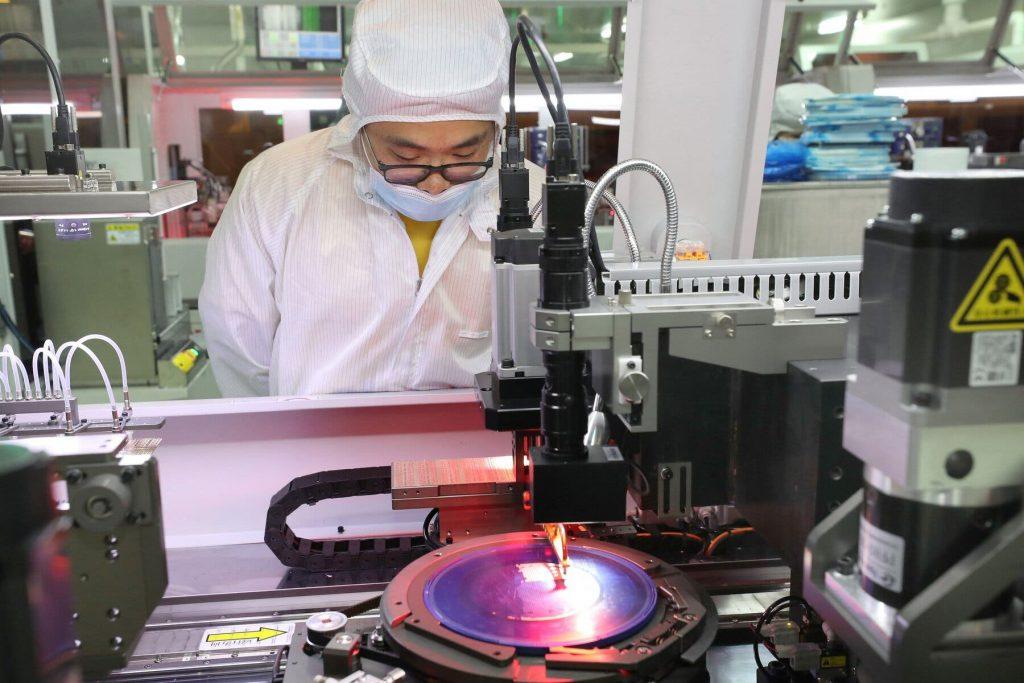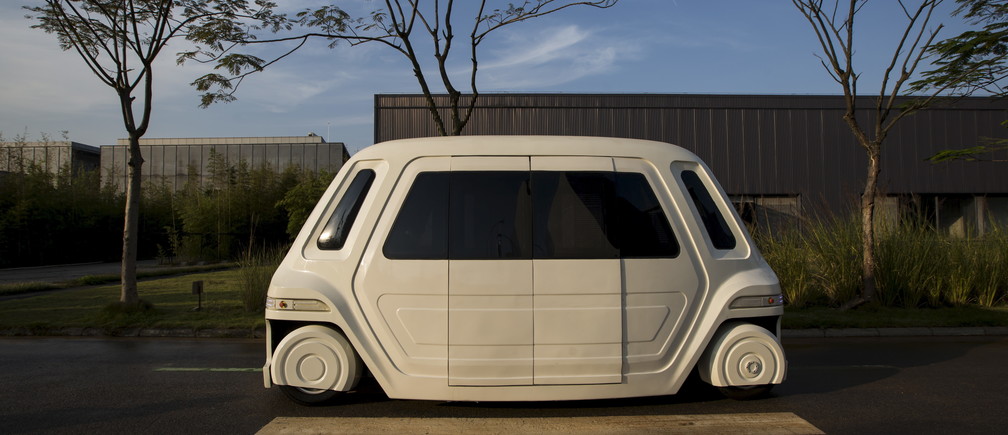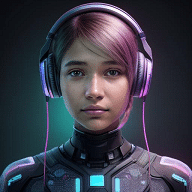Introduction:
CAPTCHA, short for “Completely Automated Public Turing test to tell Computers and Humans Apart,” has become a ubiquitous part of our online experience. You’ve encountered them countless times, those puzzles that ask you to prove you’re not a robot by selecting images of traffic lights or deciphering distorted text. But have you ever wondered why robots, with all their advanced technology, struggle to pass these seemingly simple tests? Although, some captcha test could also pose a visual problem for humans with poor eyesight while allowing some rogue robots or paid humans to go through, it is generally 99% very effective. In this blog post, we’ll delve into the reasons behind robots’ inability to conquer CAPTCHA.
1. CAPTCHA: A Human-Designed Challenge:
CAPTCHAs are intentionally designed to be solvable by humans but challenging for automated bots. They use a combination of visual and cognitive tasks that are easy for the human brain to handle but difficult for computer algorithms. Let’s explore a few key reasons why robots often fail at CAPTCHA tests:
2. Visual Recognition:
One of the most common types of CAPTCHAs involves recognizing and selecting images that fit a certain criterion, such as “Select all images with a crosswalk.” While humans can quickly identify these images based on visual cues, robots find it challenging to process and interpret complex visual data. Convolutional neural networks (CNNs) have improved image recognition in AI, but they still struggle with the nuance and context that humans effortlessly grasp.
3. Text-Based CAPTCHAs:
Text-based CAPTCHAs, where users must transcribe distorted or warped text, are another popular variant. These tests exploit the human ability to understand and decipher context, even when the text is intentionally obscured. OCR (Optical Character Recognition) technology has made strides, but it’s far from perfect in handling the level of distortion often seen in CAPTCHAs.
4. Machine Learning and CAPTCHA
Evolution:
As CAPTCHA tests have become more complex to thwart automated solutions, machine learning models have advanced as well. However, it’s a continuous cat-and-mouse game. While machine learning algorithms can be trained to solve specific CAPTCHA challenges, they struggle to adapt to new, evolving designs. CAPTCHA providers continuously update their tests to stay ahead, making it difficult for robots to keep up.
5. Ethical Implications:
The battle between CAPTCHAs and robots highlights the ethical debate surrounding automation and AI. While these tests serve a vital role in protecting websites from spam and
fraud, they can also inadvertently discriminate against people with disabilities who may find them difficult to complete. Striking a balance between security and accessibility remains a challenge for online platforms.
Conclusion:
CAPTCHAs represent a fascinating intersection of technology, security, and human cognition. While robots and AI have made incredible strides in various domains, the ability to pass CAPTCHA tests remains an elusive feat. These tests continue to evolve, pushing the boundaries of what AI can achieve. As long as humans remain at the forefront of designing these challenges, robots will continue to grapple with CAPTCHAs, reminding us of the uniqueness of the human mind’s capabilities.







